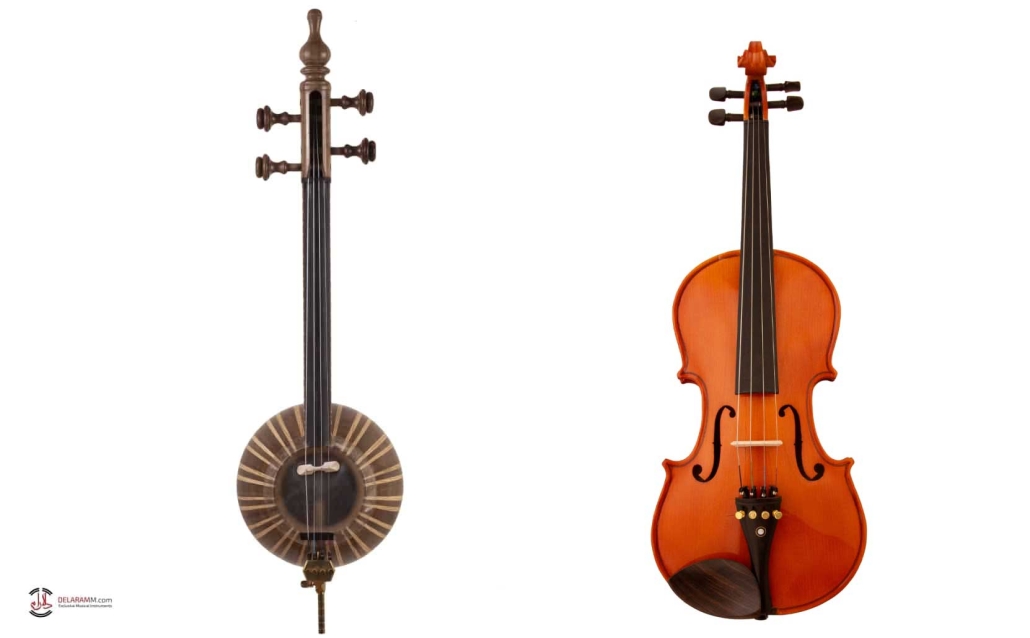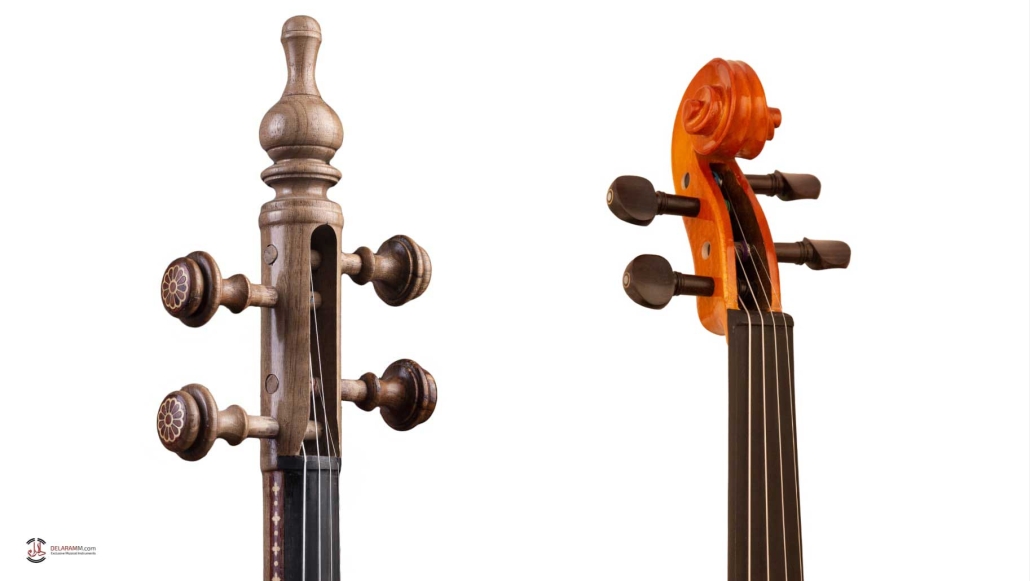Is learning to play Kamanche as hard as the violin?
Learning a new musical instrument is a rewarding yet challenging endeavor. While experts often recommend starting with percussion instruments, many beginners are captivated by the allure of string-based instruments such as the guitar and violin or even more exotic options like the Persian tar and Kamanche. In fact, two instruments that frequently intrigue aspiring musicians are the Kamanche and the violin. Is learning to play Kamanche as hard as the violin? The answer depends on various factors, including the individual’s background, access to resources, and dedication to mastering the instrument techniques. However, the lack of a fingerboard on the Kamanche and the limited availability of structured learning materials and teaching resources make this instrument a more difficult option to learn. In this article, we will explore these two instruments and examine the different aspects that contribute to their learning experience.
Learning to play Kamanche vs. Violin: Physical differences
The Kamanche (also known as kamancha) is a traditional Persian string instrument with a centuries-long history. It has a spherical body and is played with a bow while held vertically in front of the musician’s body. In contrast, the violin is a well-known Western instrument with a more familiar structure. It has a hollow wooden body with an hourglass shape, held horizontally, and played with a bow.
The differences in physical structure and playing posture are crucial in learning to play Kamanche or violin. The Kamanche’s vertical playing position can be awkward for beginners, as it requires different arm and hand positioning compared to the violin. Additionally, the Kamanche usually has three to four strings, which are fewer than the violin’s four strings. This makes the technique of producing sound on the former quite distinct.
Learning to play Kamanche vs. Violin: Technical challenges
Another crucial factor to consider when learning to play the Kamanche or violin is the technical challenges involved. Both instruments demand precise bowing techniques, but the methods differ significantly. For the Kamanche, the bow is held underhand, and the player uses a combination of wrist and finger movements to control the sound. In contrast, violinists use an overhand grip, requiring a different muscle coordination and control set.
Finger placement and intonation are also critical factors in learning to play Kamanche or violin. The violin’s fingerboard is more straightforward due to its standardized design, allowing for more precise finger positioning. The Kamanche, however, lacks a fingerboard, making it more challenging to achieve accurate intonation. This aspect alone can make the initial learning phase for the Kamanche more difficult than the violin.
Accessibility and learning resources
Learning resources are crucial for mastering any musical instrument, including the Kamanche and the violin. However, the violin has a significant advantage in this regard. Countless books, online tutorials, and educational programs are available in various languages and levels of difficulty. These resources cater to beginners and advanced players alike, making it easier for students to find suitable learning materials and guidance.
The violin is attributed to Western classical music
Conversely, finding a Kamanche instructor or educational materials can be more challenging, particularly in countries where this instrument is not traditionally played. Fortunately, with the increasing number of online learning platforms and professional music shops like Delarammusic, which provide up-to-date learning materials, access to Kamanche instruction is gradually improving. These resources are helping to bridge the gap, making it easier for aspiring Kamanche players to find the guidance they need.
Culture and context
Each instrument’s identity is defined primarily by its traditional roots. Learning to play the Kamanche’s rich history and unique sounds and understanding this history is vital for mastering them. The Kamanche is deeply rooted in Persian classical music, Azerbaijani music, and other regional genres. Its music often involves intricate ornamentation and complex rhythms. The nuances of Persian musical traditions, such as microtonal scales and the specific expressive techniques used in Kamanche playing, require a deep cultural and musical immersion. Hence, mastering this instrument can be particularly challenging for learners unfamiliar with Persian culture and music.
On the other hand, the violin is attributed to Western classical music, folk music, and contemporary genres. It offers a vast repertoire and well-established pedagogical methods. The technical demands of Western classical music, including complex fingering and advanced bowing techniques, can make learning the violin difficult. However, the availability of structured learning materials and widespread teaching resources makes it easier for many to connect with Western music’s musical context and culture. Consequently, many learners find it easier to study the violin due to this accessibility and the familiarity with Western musical traditions.
Learning to play the Kamanche can be as challenging as learning the violin
Furthermore, cultural exposure and community support for each instrument are important in the learning process. Violin students can join orchestras, ensembles, and music schools, providing valuable performance experience and feedback. Similarly, Kamanche learners can benefit from seeking out cultural centers or online communities dedicated to Persian music. However, the community for the latter in regions far from Persian culture is more limited than the violin. These communities offer workshops, performance opportunities, and a network of musicians to connect with, which are crucial for mastering the instrument.
Summary
Learning to play Kamanche can be as challenging as learning the violin due to several technical factors: the Kamanche’s vertical playing position and underhand bow grip require different muscle coordination compared to the violin’s horizontal position and overhand bow grip; the Kamanche’s lack of a fingerboard demands greater precision in finger placement and intonation; and its traditional music involves intricate ornamentation and complex rhythms, adding layers of difficulty. If you are drawn to the unique challenges of traditional instruments, particularly Persian Kamanche, we at Delarammusic have the perfect selection for you. We offer different types of violin and Kamanche at our online shop, along with educational material, such as books and DVDs, that can ease the path of learning for anyone. So, just pick your favorite instrument, and rest assured that we are here to assist you!



